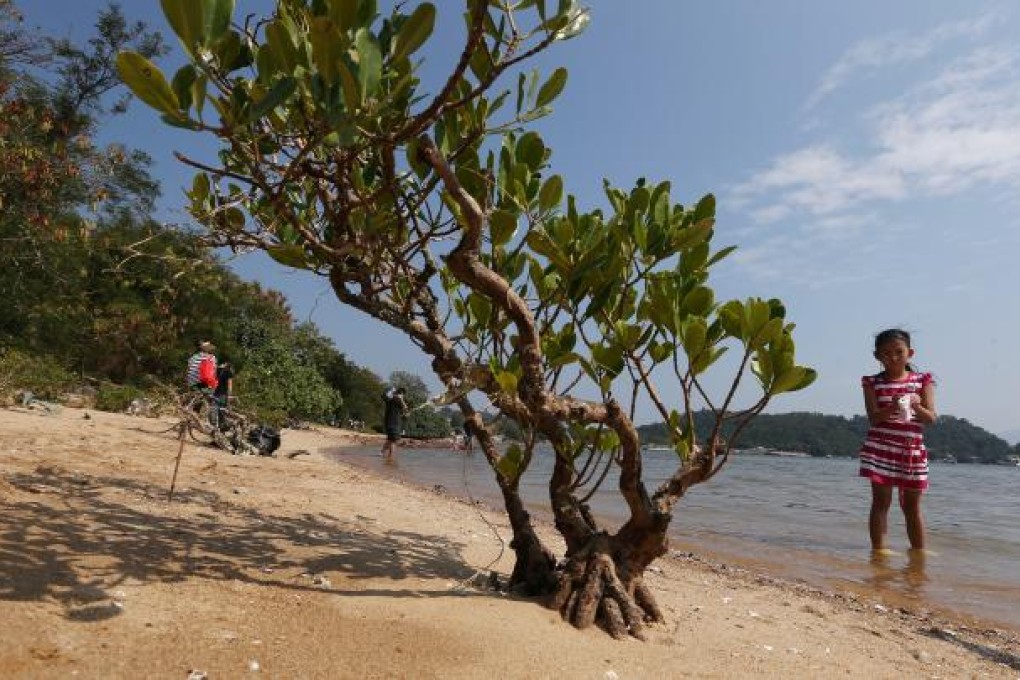
The Hong Kong Civil Servants General Union urged the government to carry out the development of an artificial beach in Lung Mei, located along Tolo Harbour, as quickly as possible ("Activists decry support for beach at Lung Mei", November 8).
The union said the established due process must be respected or many development projects would stall. The development of this beach has gone through statutory town planning, reclamation, and environmental impact procedures. The local district council was consulted often, and Legco approved the funding of HK$200 million.
The environment secretary and director of environmental protection have received substantive information from members of the "Save Lung Mei" alliance, including Designing Hong Kong, identifying endangered species and alternative sites that have not been reviewed.
The members have requested a review of the environmental permit for the beach under section 14 of the Environmental Impact Assessment (EIA) Ordinance. The secretary and the director must now decide whether information about the project's impacts was concealed, and whether there is cause to suspend, vary or cancel the permit.
I appreciate concern over due process and mounting frustrations over stop-starting of projects and policies. We need to find out how it is possible that despite rigorous due process we are to develop an artificial beach on top of ecologically valuable mud flats along the Ting Kok coast.
There are alternative locations along the nearby sandy coastline of To Tau Wan and Wu Kai Sha where bathing beaches could be gazetted for enjoyment by residents of the east New Territories. And to attract the visitors landowners in Lung Mei are after, boardwalks and an eco centre can be built to enable the enjoyment of the local ecology.